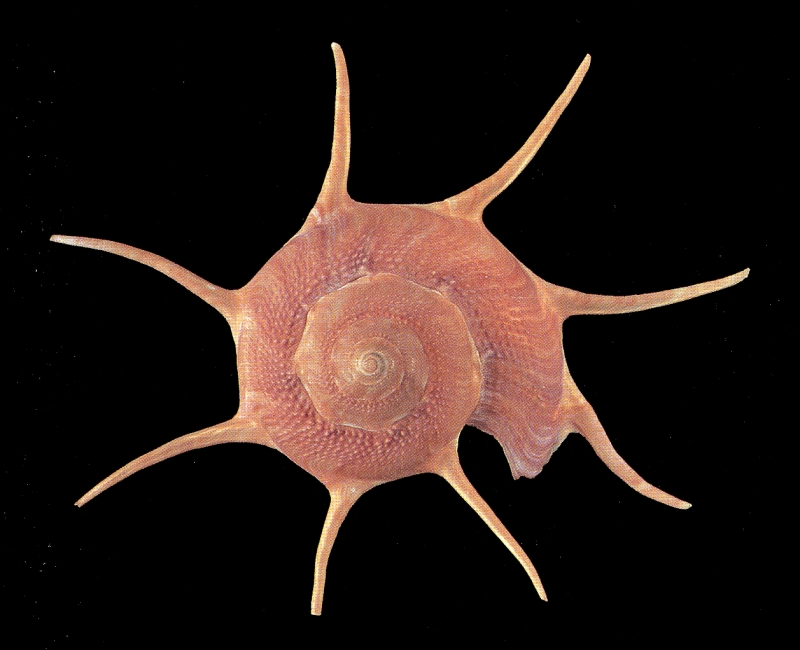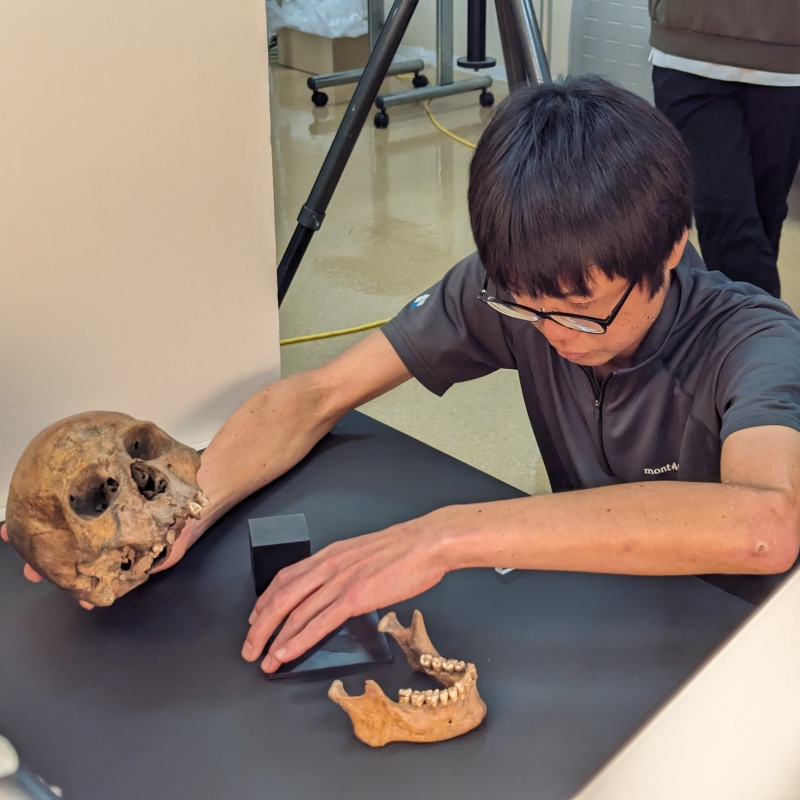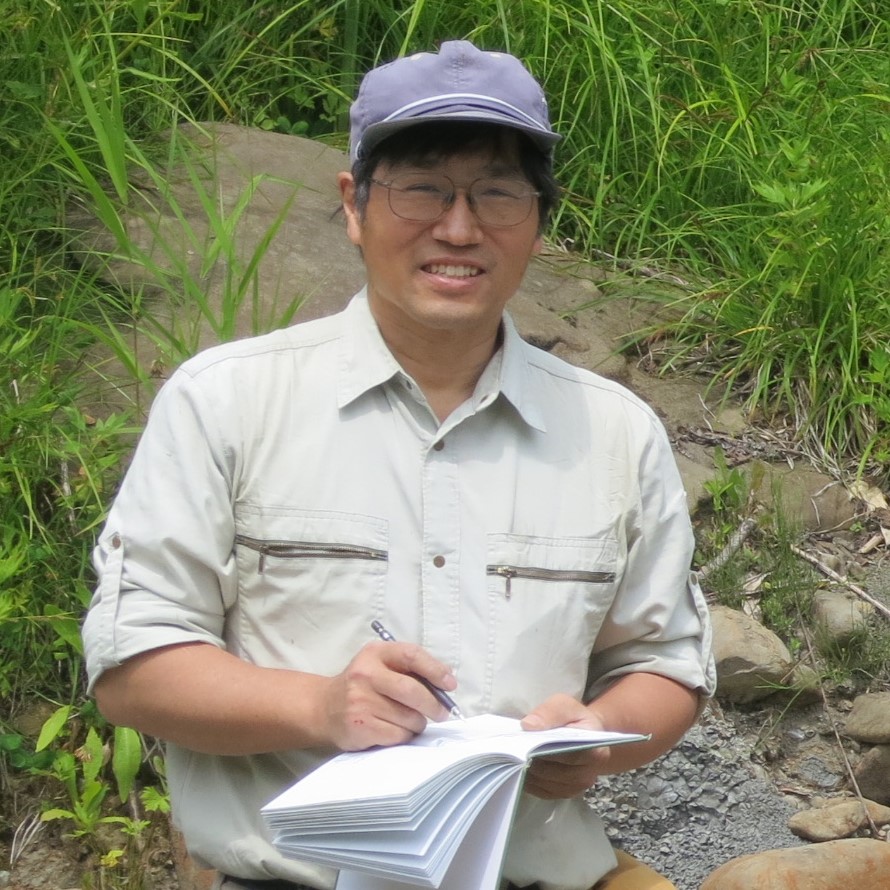National Museum of Nature and Science

The National Museum of Nature and Science will hold a special exhibition, "Shellfish Exhibition: Why are people fascinated by shellfish?" from Tuesday, November 26, 2024 to Sunday, March 2, 2025, as detailed below.
[Detailed URL:https://www.kahaku.go.jp/event/2024/11shells/ ]
Shellfish have supported human life not only as food but also as materials for ornaments and other items. Even today, they continue to color people's lives and culture in various ways. The biological characteristics and diversity of shellfish have fascinated us since ancient times. This exhibition will introduce the essence of the profound shell world.
Event summary
Special Exhibition "Shellfish Exhibition: Why are people fascinated by shellfish?"
[Venue] National Museum of Nature and Science (Ueno Park, Tokyo) Japan Pavilion 1st floor special exhibition room and central hall
[Holding period] November 26, 2024 (Reiwa 6) (Tuesday) to March 2, 2025 (Reiwa 7) (Sunday)
[Opening hours] 9:00-17:00 *Entry is until 30 minutes before closing time
[Closed] Mondays (Tuesdays if Monday is a national holiday), December 28th (Saturday) to January 1st (Wednesday, national holiday)
*However, the museum will be open on Monday, December 23rd and Monday, February 17th.
[Admission fee] Adults and university students: 630 yen (510 yen for groups), high school students and younger and those aged 65 and older: free
*This exhibition can be viewed with the admission fee for the permanent exhibition only. *Groups of 20 or more people
*For details on how to enter the museum, please see our website.
https://www.kahaku.go.jp/
[Sponsor] National Museum of Nature and Science
[Supported by] Dr. Naotada Akaboshi Cultural Properties Museum, Urakawa Town Museum, Kagoshima Prefectural Buried Cultural Properties Center, Kishiwada Nature Museum, The University Museum, Toba City Sea Museum, Toyohashi Museum of Natural History, Hagi Museum, Meguro Parasitological Museum, Yokosuka City Museum of Nature and Humanities
・Exhibition introduction
Prologue: The World of Shellfish
Shellfish are a group of invertebrates called mollusks that generally refer to those with calcium carbonate shells, but in a broader sense they also include those without shells. How did the shellfish that flourish on Earth come into being and develop? Here we will first look at the evolutionary path of shellfish, and also introduce their amazing diversity in size.


Chapter 1 The origins of shellfish diversity
Molluscs, which are said to exist in over 100,000 species on Earth, are extremely diverse in many aspects, not only in the general structure of their bodies (body plan), but also in their habitats, ecology, shell morphology, and more. Some mollusks have evolved to lose their shells. Here, we will first provide an overview of molluscs, and then look at their diversity and the factors behind it from various angles.



Chapter 2: The long relationship between humans and shellfish – from prehistoric times to the present
The relationship between humans and shellfish has continued from prehistoric times to the present day. During times of food scarcity, shellfish provided a stable source of food that supported human life. At the same time, shells have also been used as materials for tools and ornaments. Furthermore, they have come to be involved in culture, such as religious ceremonies and games, and are therefore more than just natural products.


Chapter 3: The deep relationship between humans and shellfish – People fascinated by shellfish
The ultimate modern relationship between humans and shellfish is shell collecting. Shellfish are easy to make specimens of and can be preserved for many years, so they have attracted many people as representative biological collections. There are various ways to collect shellfish, such as aiming to collect all the species in a certain area or concentrating on a specific taxonomic group.


Chapter 4: How to continue to have a long-term relationship with shellfish
Humans and shellfish have had a long and deep relationship. However, the situation is currently undergoing great changes. Shellfish, which have thrived on the planet, are also being affected by recent environmental changes and global-scale fluctuations. Changes are also being seen in their relationship with humans, including in the way they eat. Here, you can understand the current situation and think about the future.

・Exhibition Supervisor

Researcher, Marine Invertebrate Research Group, Animal Research Department
Kazunori Hasegawa
My specialty is the taxonomy of gastropods (snail shells). Shells have had a large presence in my heart ever since I was old enough to understand. The starting point of this exhibition was to rediscover their appeal. While their appeal as research subjects and food is easy to understand, it is still difficult to explain the happiness I feel when admiring a shell in the palm of my hand. The mystery of why the product of adaptive evolution of living things is so captivating only deepens.

Environmental Change History Research Group, Earth Science Research Department, Research Director
Takuma Haga
My field of expertise is evolutionary paleontology and molluscology using shells. I still don't know why I'm fascinated by them, even after 38 years of collecting shells. If I had to say, it might be the diversity of shapes that exceeds my imagination. When I see a shell, I instinctively pick it up, and in my dreams I collect "gorgeous dream shells." But I'm really drawn to the Chishima shell and the Ijike shell. I think the answer I'm looking for lies in their indescribable shapes.

Researcher, Anthropology Research Department, Anthropological History Research Group
Wataru Morita
His specialty is dental anthropology. One of the great attractions of shells for anthropologists is that they protect precious ancient human bones, such as those of the Jomon people, from Japan's acidic soil. They may not have expected their appearances and lives to be passed down to future generations like a time capsule, but I imagine that the Jomon people were so fascinated by shells that they wanted to be buried surrounded by shells after death.

Group Leader, Marine Invertebrate Research Group, Zoology Department
Hiroshi Saito
His specialty is the taxonomy of mollusks (mainly squamous organisms). When I was a child, I remember seeing shells of turban shells and abalones that had turned white from exposure to the elements on a flower shelf in an alleyway in my neighborhood. Although it's a weak basis based on my own experience, when I think about the fact that I remember such common shells, with their pale color, I think that the biggest factor in their fascination is their shape.

Earth Science Research Department, Environmental Change History Research Group, Group Leader
Yasunari Shigeta
His specialty is ammonite biology. In the midst of nature, when he hits the strata with a hammer, the beautiful spiral ammonites peek out. It's like opening a time capsule. Some ammonites shine with rainbow colors. It's exciting to wonder what the ammonites, extinct long ago, can tell me.
[Agency for Cultural Affairs] Press Release
Article provided by: Kokosil Ueno
See other exhibition information


